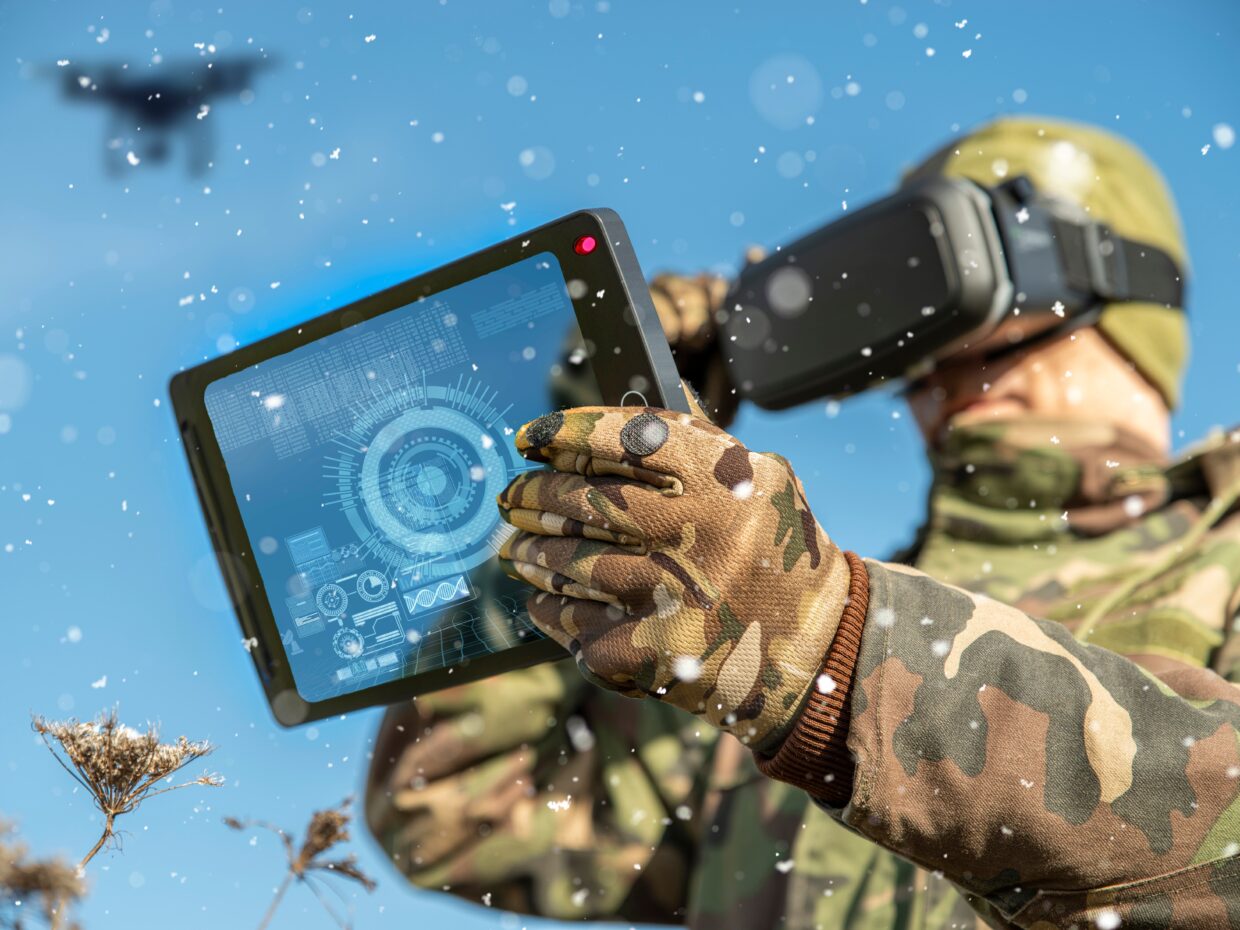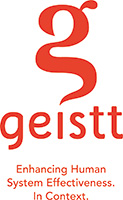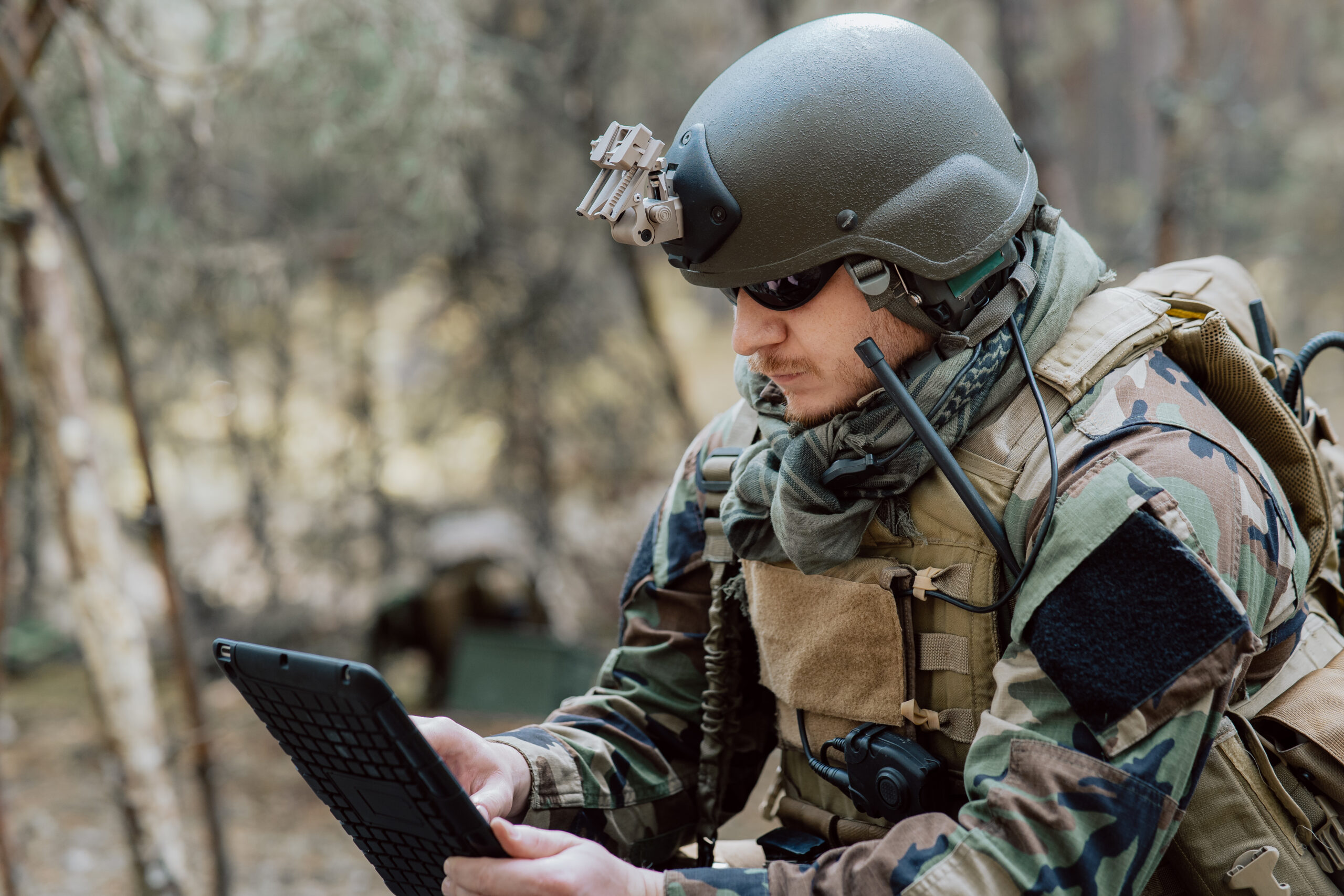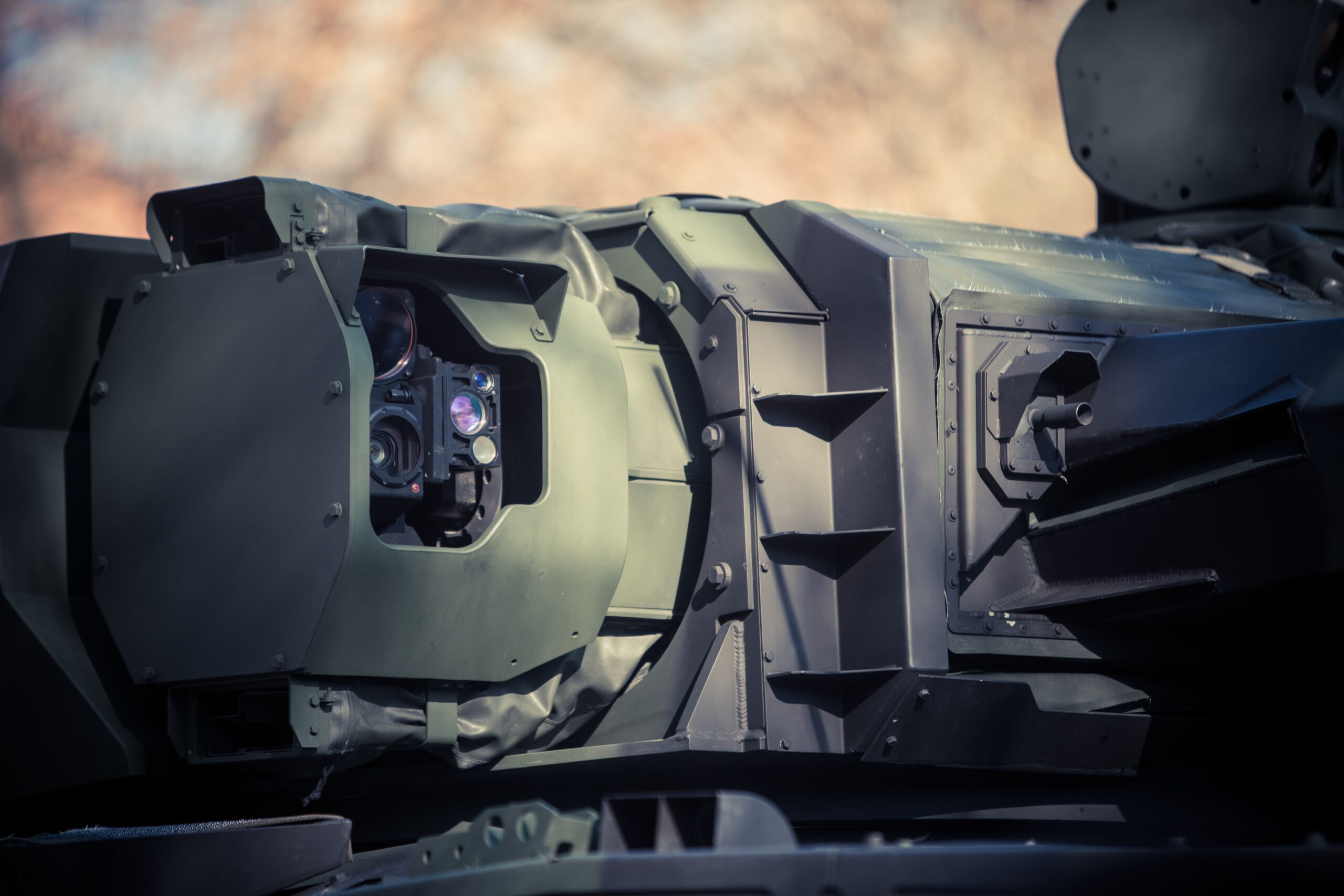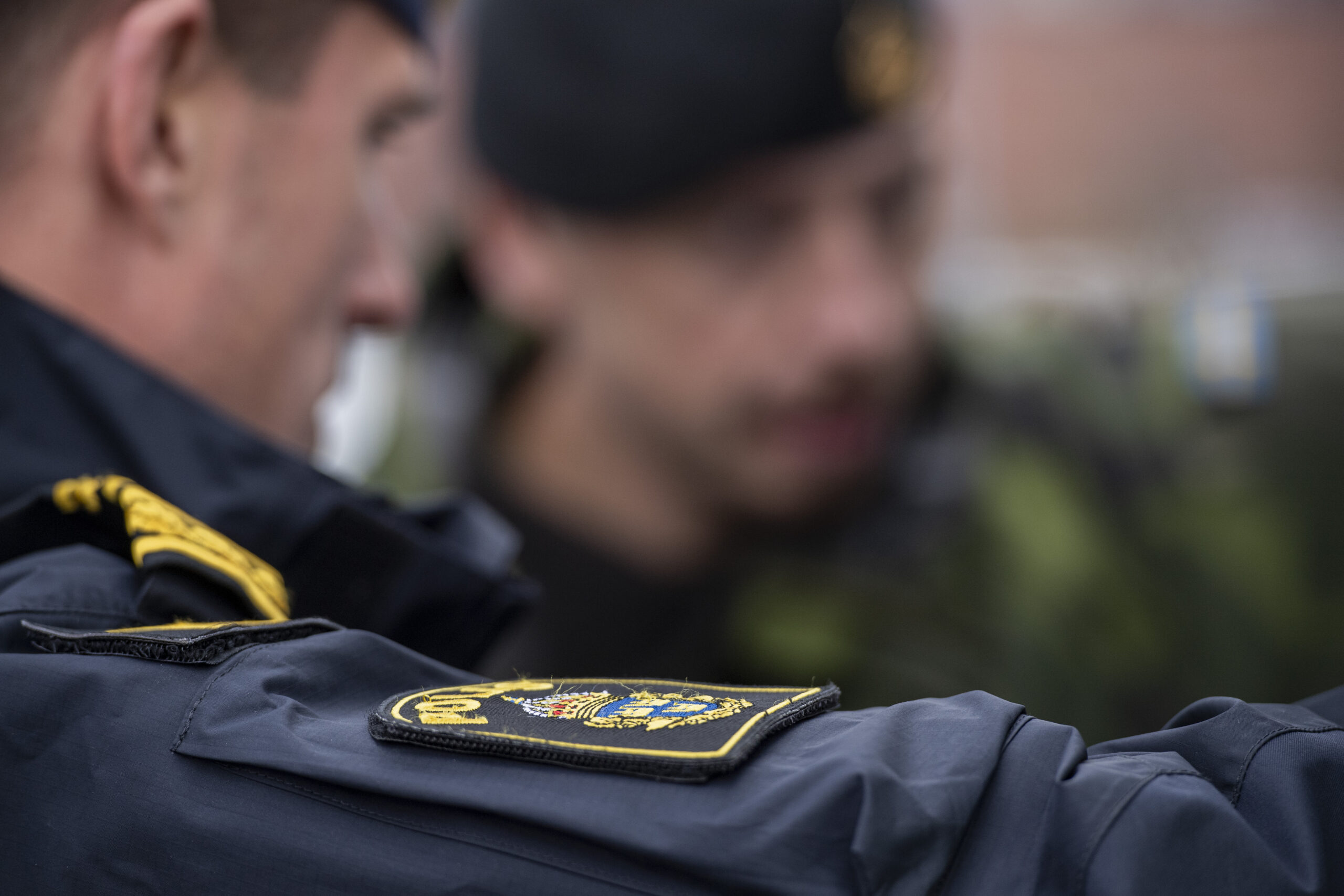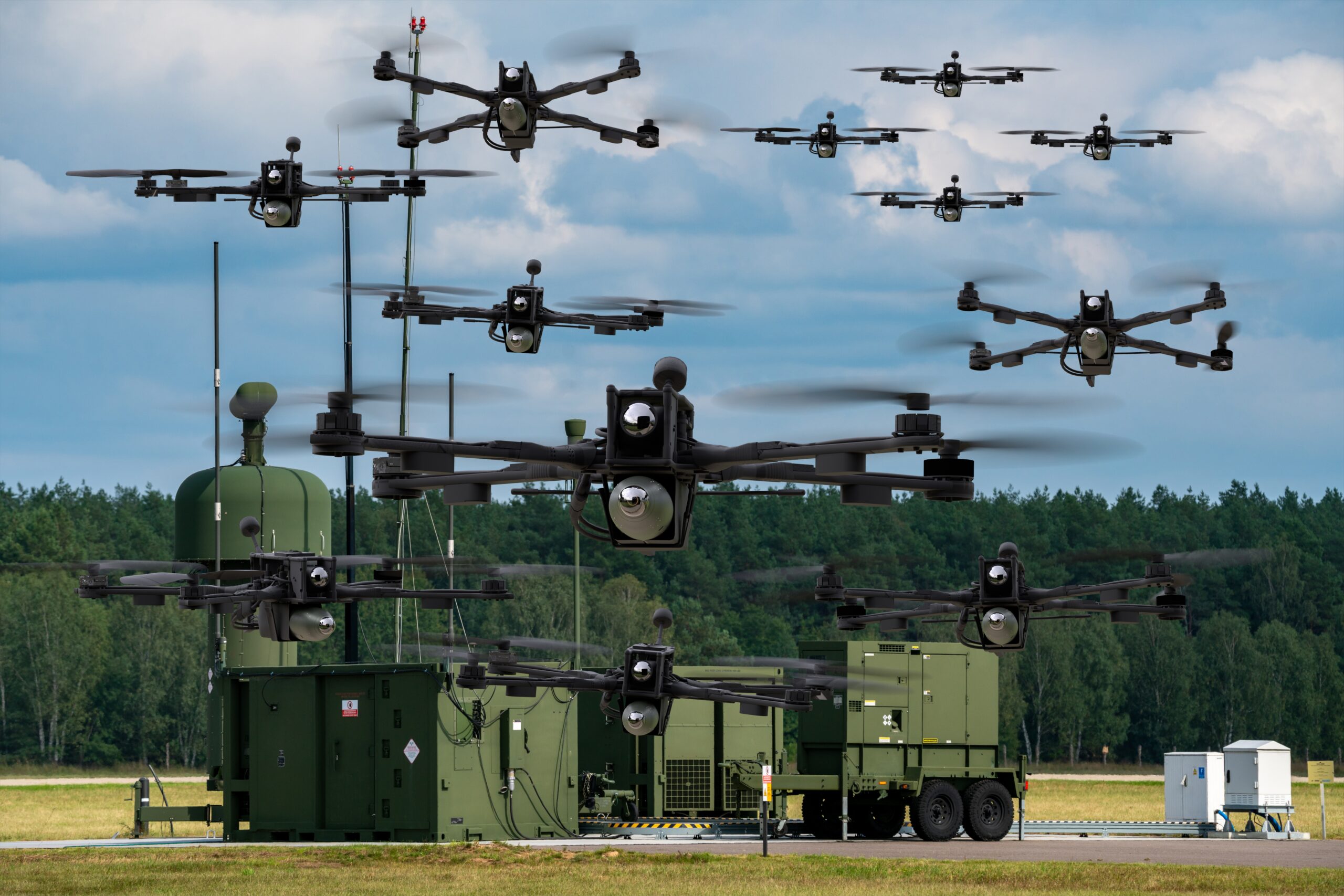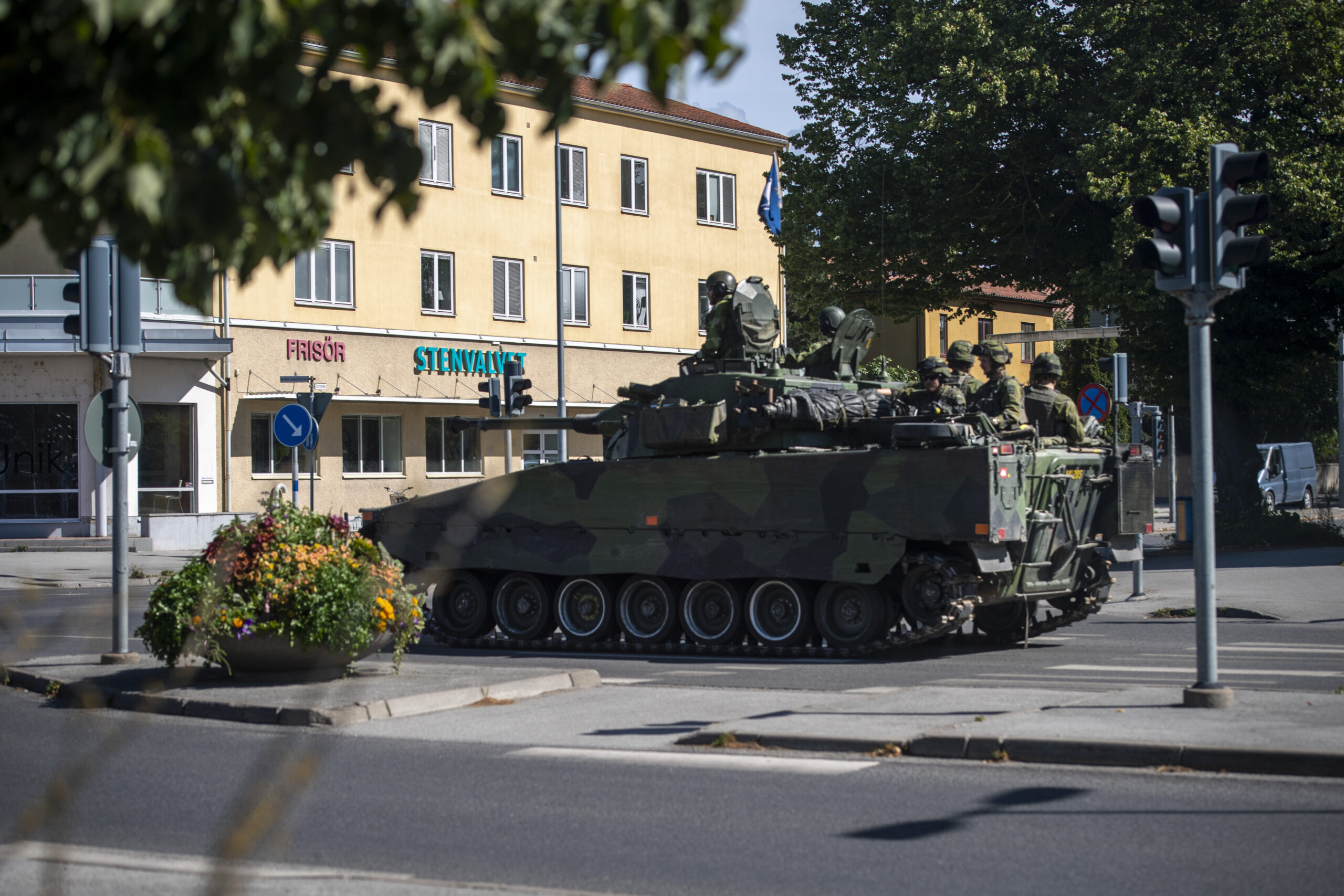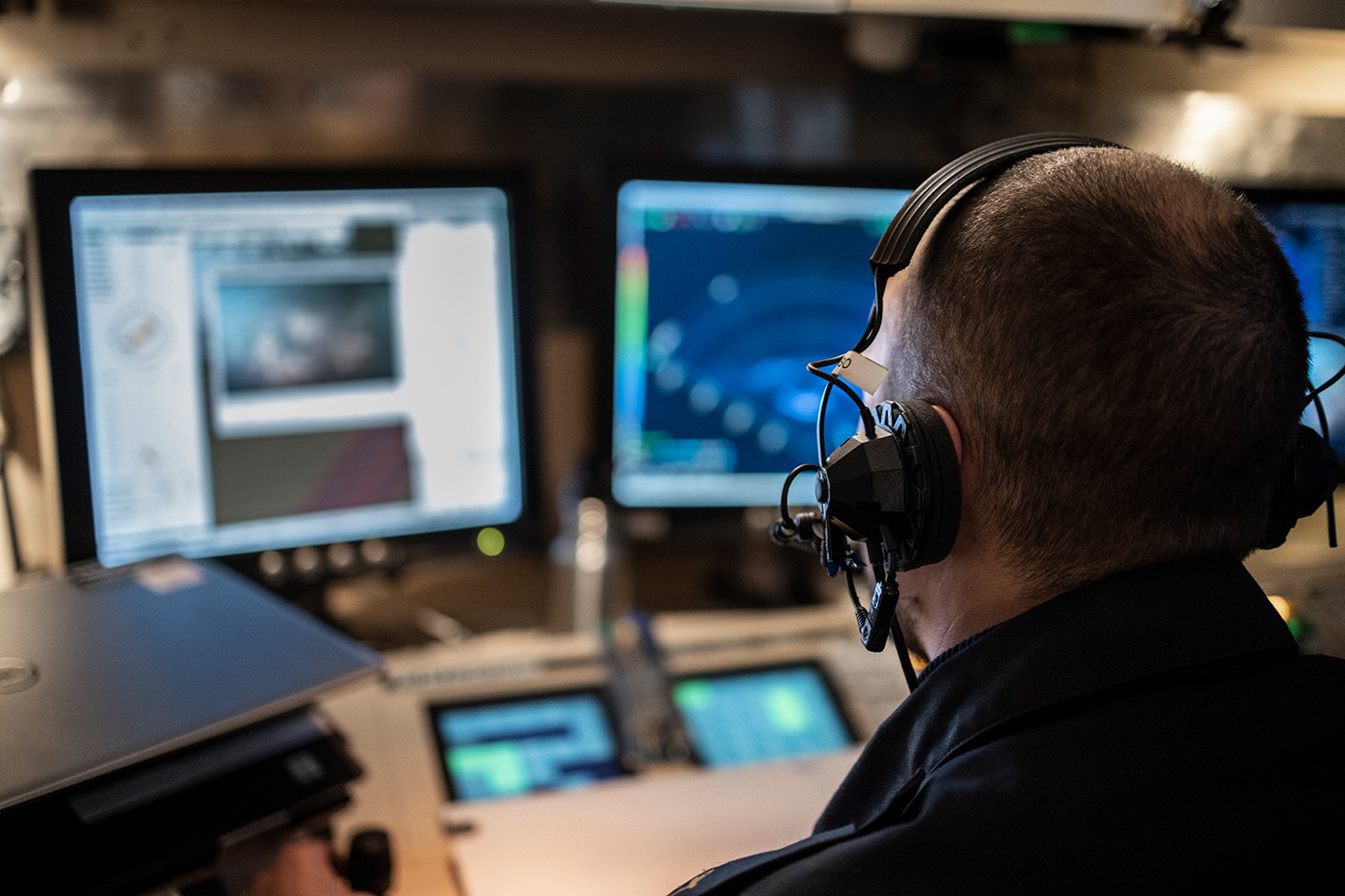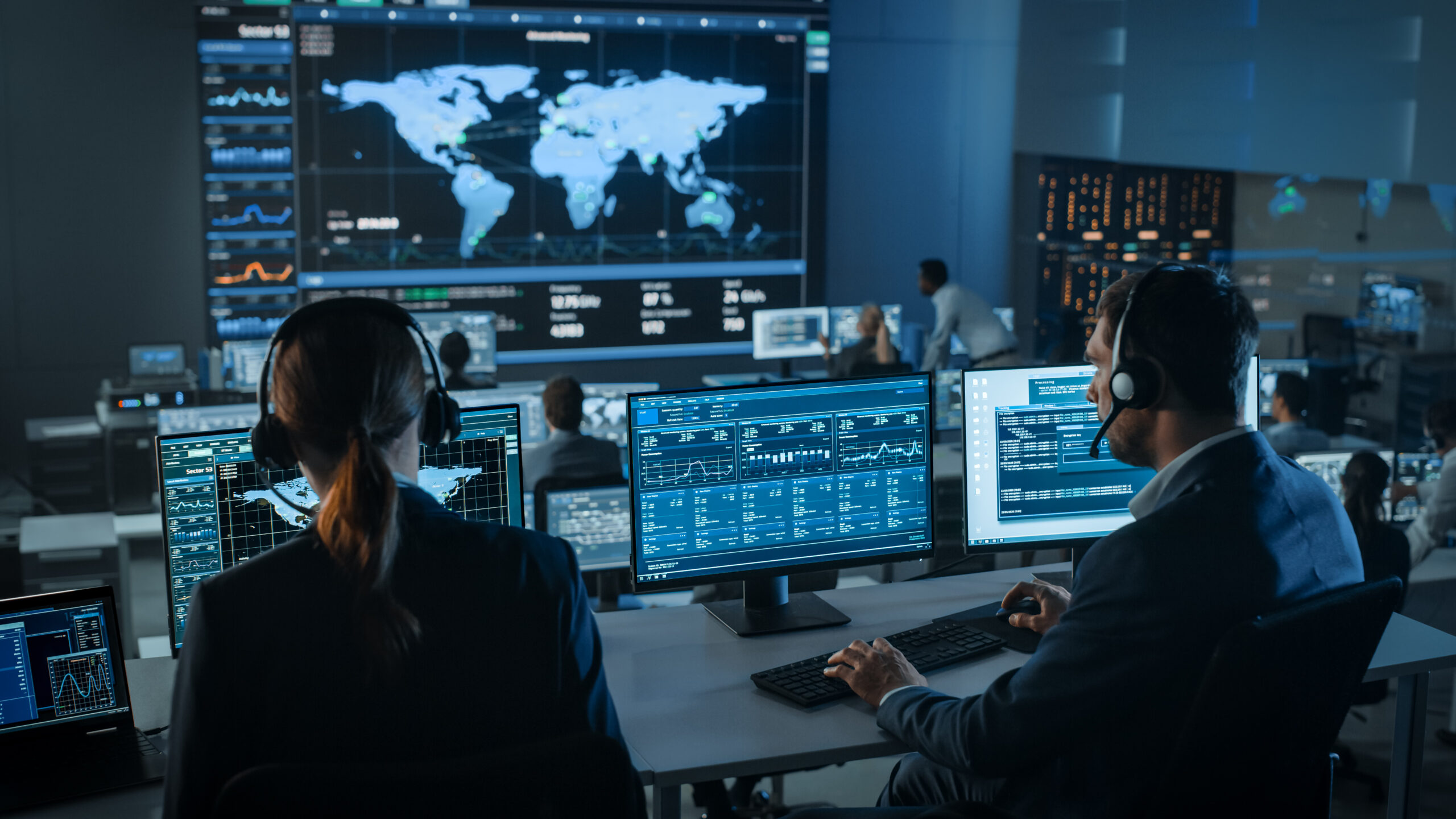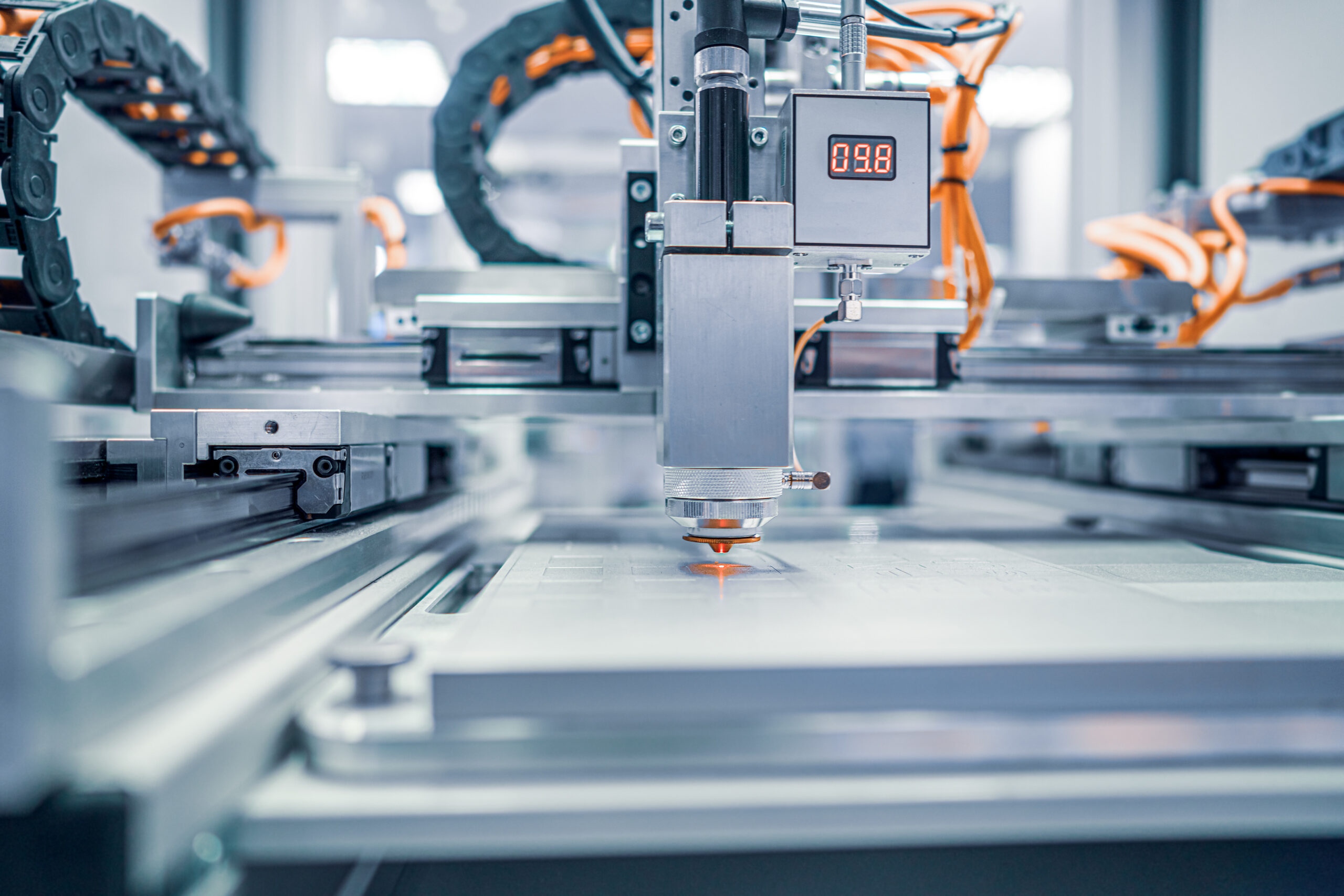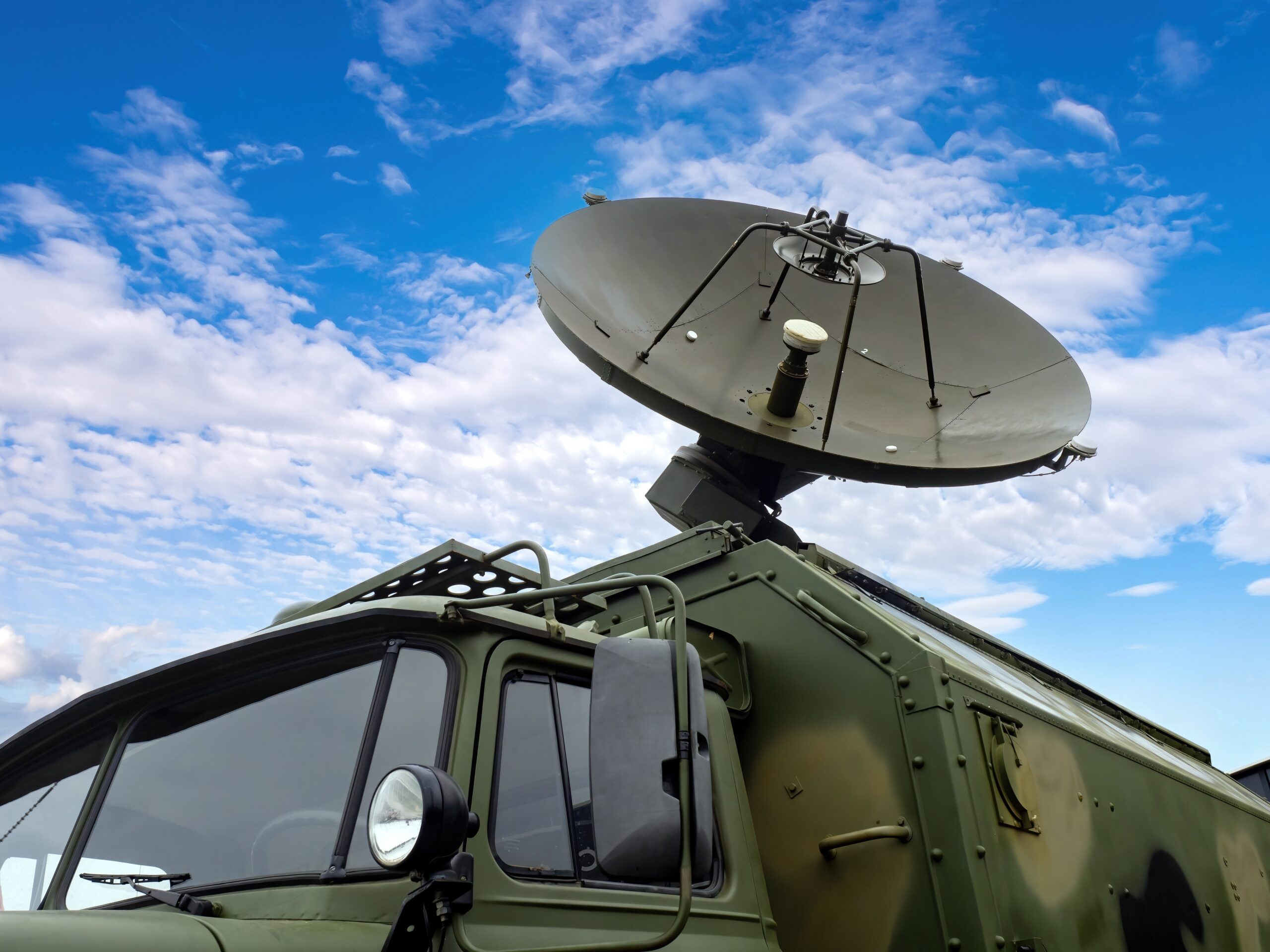AR/VR unveiled: transforming human performance
WHAT IS THIS TECHNOLOGY AREA ALL ABOUT?
The use of Virtual Reality (VR) and Augmented Reality (AR) in the context of security, first responders, and defence is a rapidly evolving field with various applications. Virtual Reality (VR) creates a completely immersive, computer-generated environment that replaces the real world. Augmented Reality (AR) overlays digital information onto the real world, enhancing the user’s perception of the environment.
And a current area that is now being researched is training aids with so-called virtual reality (VR technology/virtual reality) which is based on a simulated reality. The user’s experience is enhanced by the fact that the simulated outside world occupies the entire field of vision with the help of some technical equipment. Alongside that, there is also so-called augmented reality (AR technology/augmented reality).
Unlike VR, which is based on only simulated information, AR is a way of superimposing information on the real environment.
There are also two different variants, HPE, human performance enhancement. And HPO, human performance optimization. HPE means creating new and expanded abilities through external and internal modification of “the body’s structures and function” through, for example, “surgical interventions, genetic modification, pharmacological substances (pharmaceuticals), nerve stimulation, implants, exoskeleton and prostheses”. HPO instead means improving ability through, for example, “selection, education, training, nutrition, rest, medication and leadership”. The potential to achieve amplification is expected to be significantly greater with HPE methods, while these methods are generally associated with greater risks and more ethical dilemmas.
Motion capture technology has been talked about in the film and entertainment industry. But it is also about to move outdoors and be connected to global positioning systems and used in research and in military contexts.
HOW COULD THIS TECHNOLOGY BE APPLIED?
Mostly, it is used for training, simulation, and creating realistic scenarios. AR could for example provide real-time information and enhances situational awareness.
Training and Simulation:
VR: Immersive training scenarios for security personnel, first responders, and military forces to simulate various situations.
AR: Real-time information overlay during training exercises for enhanced situational awareness.
Emergency Response:
VR: Simulating disaster scenarios to train first responders for effective and coordinated responses.
AR: Providing real-time data overlays during emergency situations, like mapping escape routes or identifying hazards.
Logistics and Planning:
VR: Simulating logistics and planning scenarios, especially in complex operations or disaster relief efforts.
AR: Overlays logistical information onto the real environment, aiding in navigation and decision-making.
Communication and Collaboration:
VR: Virtual meeting spaces for remote collaboration among security professionals or military personnel.
AR: Real-time data sharing and collaboration through augmented interfaces.
HOW COULD THIS TECHNOLOGY BE APPLIED TO THE DEFENSE SECTOR?
Training and Simulation:
VR: Simulated military exercises, virtual boot camps, and mission rehearsals.
AR: Real-time tactical information overlay for soldiers during training exercises.
Mission Planning
VR: Collaborative mission planning in a virtual environment, allowing teams to visualise and refine strategies.
AR: Overlays of terrain data, enemy positions, and other relevant information during mission briefings.
Warfighting and Situational Awareness:
VR: Immersive warfighting simulations to prepare soldiers for combat scenarios.
AR: Heads-up displays providing real-time information on the battlefield, including enemy positions and friendly forces.
Maintenance and Repair:
VR: Virtual training for maintenance and repair of military equipment.
AR: Augmented guides for soldiers during equipment maintenance, highlighting critical steps.
Medical Training and Support:
VR: Simulated medical scenarios for training military medics.
AR: Augmented overlays providing medical information during field operations.

